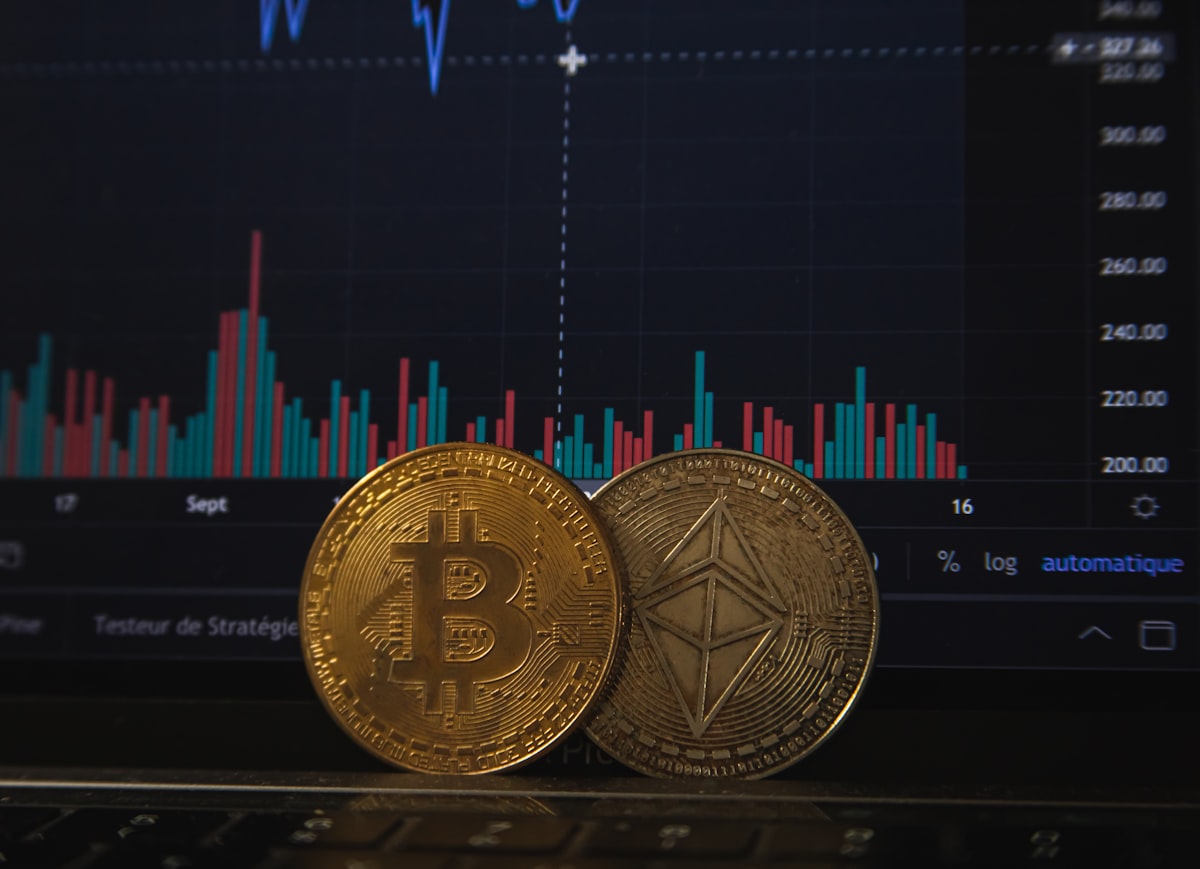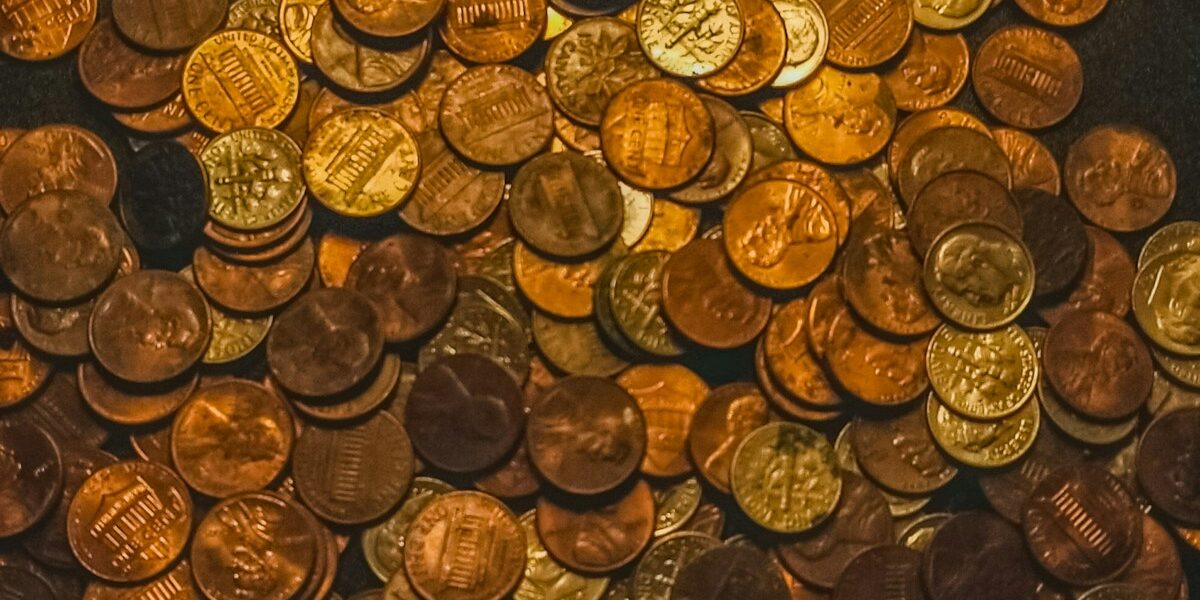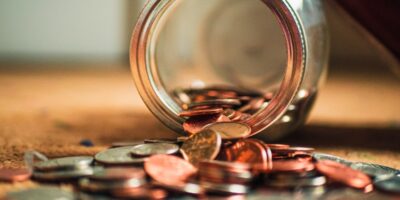Understanding the Most Valuable 2000-P Sacagawea Dollar Coin
The year 2000 saw the introduction of the Sacagawea dollar coin. This coin features Sacagawea, a Shoshone woman who helped Lewis and Clark on their expedition. It was minted to replace the Susan B. Anthony dollar. Its golden color and unique design aimed to increase its popularity among the American public.
Initial Mintage and Circulation

The United States Mint produced millions of these coins in 2000. They were minted in Philadelphia (2000-P), Denver (2000-D), and a smaller number in West Point (2000-W) for special occasions. The goal was to promote their use alongside the dollar bill, although widespread acceptance was limited. Despite this, several have become valuable to collectors.
Identifying the 2000-P Sacagawea Dollar
The easiest way to identify a 2000-P Sacagawea dollar is by the letter P on the obverse side, indicating it was minted in Philadelphia. The coin’s front features an engraving of Sacagawea with her infant son, Jean Baptiste, in a papoose on her back. The reverse shows a soaring eagle encircled by 17 stars, symbolizing the states at the time of Lewis and Clark’s journey.
Key Factors Affecting Coin Value
Rarity and demand significantly affect a coin’s value. While many 2000-P coins were produced, certain errors and unique minting features make some specimens more valuable. The following characteristics are important when assessing the value of a 2000-P Sacagawea dollar:
- Condition: Coins in uncirculated or mint state condition are more desirable. Those graded MS-65 or higher by professional coin grading services fetch higher prices.
- Mint Errors: Errors like double dies or incorrect planchets can increase value. One famous example is the Cheerios dollar, discussed below.
- Special Strikes: Some coins were struck for specific purposes (e.g., promotional events) and thus carry increased value.
The Cheerios Dollar
In 1999, to promote the new coin’s release, the U.S. Mint included 5,500 Sacagawea dollars in boxes of Cheerios cereal. Dubbed Cheerios dollars, they were later discovered to have a slightly different reverse design. Known as the pattern reverse or Type I reverse, these coins display more detailed tail feathers on the eagle. These coins are rare and highly sought after by collectors. Most are valued significantly higher than their non-Cheerios counterparts.
Other Notable Variations
Besides the Cheerios dollars, other variations and errors can increase a coin’s value. Some coins have exhibited planchet errors or issues with die strikes. Coins with such errors are rare but can be valuable collector’s items. Additionally, select 2000-P coins were struck on incorrect planchets like those intended for foreign currency, leading to increased interest and value.
Grading and Its Impact
Grading plays a crucial role in determining a coin’s value. Professional grading services like the Professional Coin Grading Service (PCGS) or the Numismatic Guaranty Corporation (NGC) assess coins on a scale up to 70, with higher grades representing coins with fewer blemishes and superior eye appeal. A 2000-P Sacagawea dollar in perfect mint state (MS-70) is more valuable than one exhibiting visible wear or tarnishing.
Market Trends and Prices
Due to collector interest, values may fluctuate over time. Generally, a standard 2000-P Sacagawea dollar in circulated condition might only be worth its face value. However, those in uncirculated conditions with high grades can sell for several times more. Cheerios dollars and coins with significant errors can command prices in the hundreds or even thousands of dollars.
Investing in Collectible Coins
The coin investment market can be volatile. It’s essential to research and understand trends before investing. Collecting coins should be a pursuit of interest and passion, balanced with informed decision-making. Consider authenticity and provenance when evaluating a coin’s value. It’s advisable to purchase from reputable dealers or auctions and seek third-party appraisals.
Storing and Preserving Coins
The condition of a coin significantly impacts its value over time. Proper storage and handling ensure a coin retains its quality. Keep coins in climate-controlled environments. Use holders like capsules or flips to prevent scratches and tarnishing. Avoid direct contact as natural oils from skin can damage the coin’s surface.
The 2000-P Sacagawea Dollar’s Cultural Impact
Beyond its monetary value, the Sacagawea dollar holds cultural significance. It commemorates an important historical figure and brings attention to the contributions of Native Americans. The coin’s design showcases both heritage and history, enriching its importance beyond its face and collector value.
Conclusion
While the dollar coin might not have replaced the dollar bill, it remains a notable piece in American numismatics. For collectors, the thrill lies not only in the coin’s monetary value but also in its history, rarity, and the story it tells.
Recommended Collecting Supplies
Coin Collection Book Holder Album – $9.99
312 pockets for coins of all sizes.
20x Magnifier Jewelry Loupe – $13.99
Essential tool for examining coins and stamps.
As an Amazon Associate, we earn from qualifying purchases.



Subscribe for Updates
Get the latest articles delivered to your inbox.
We respect your privacy. Unsubscribe anytime.